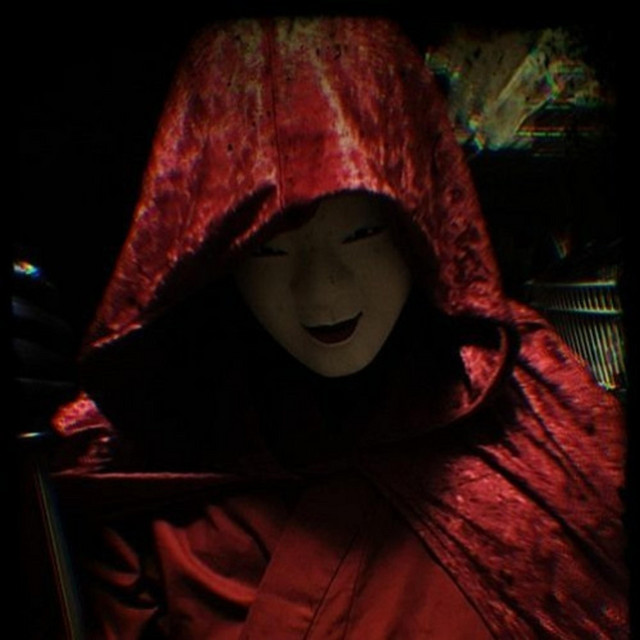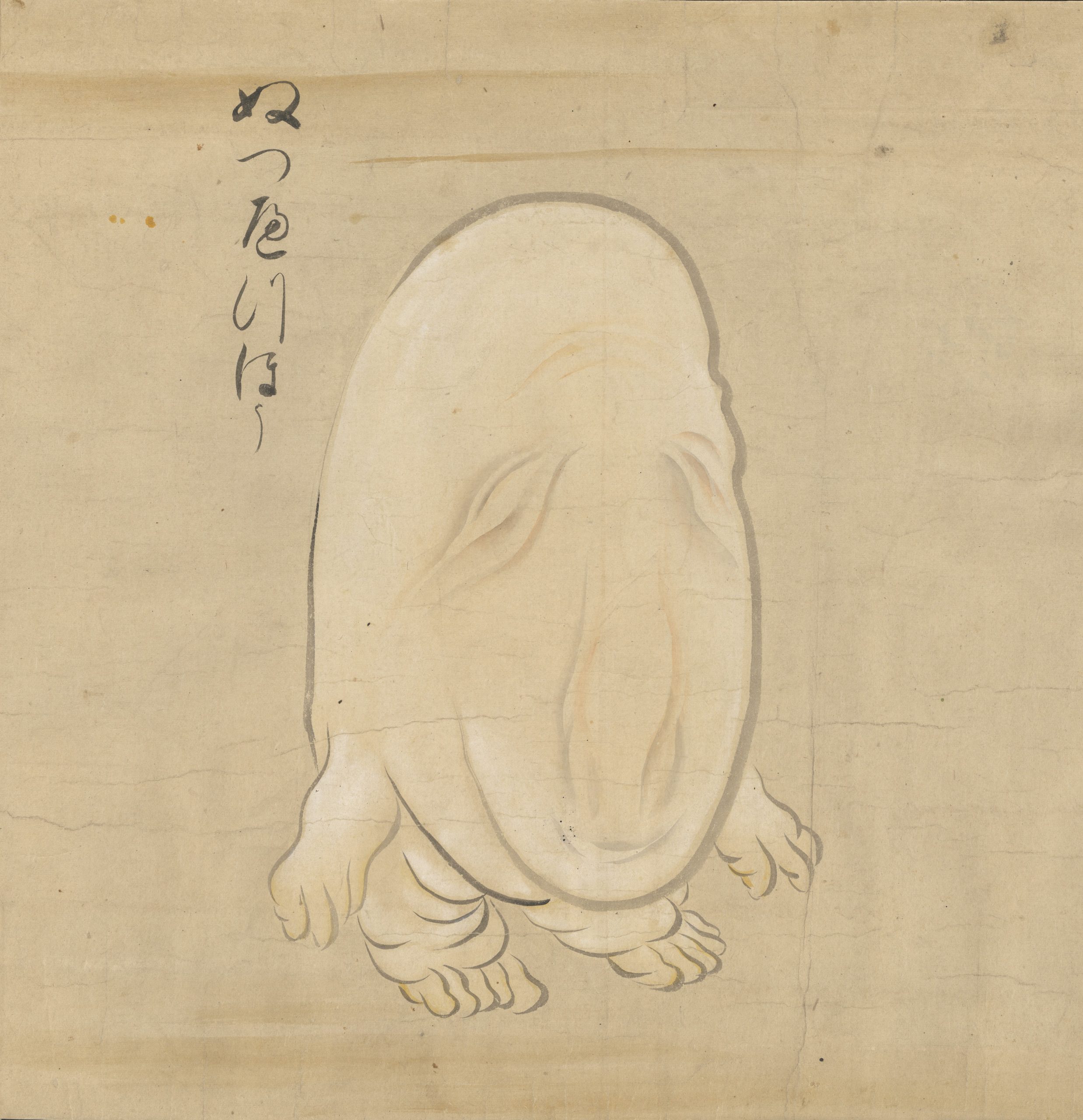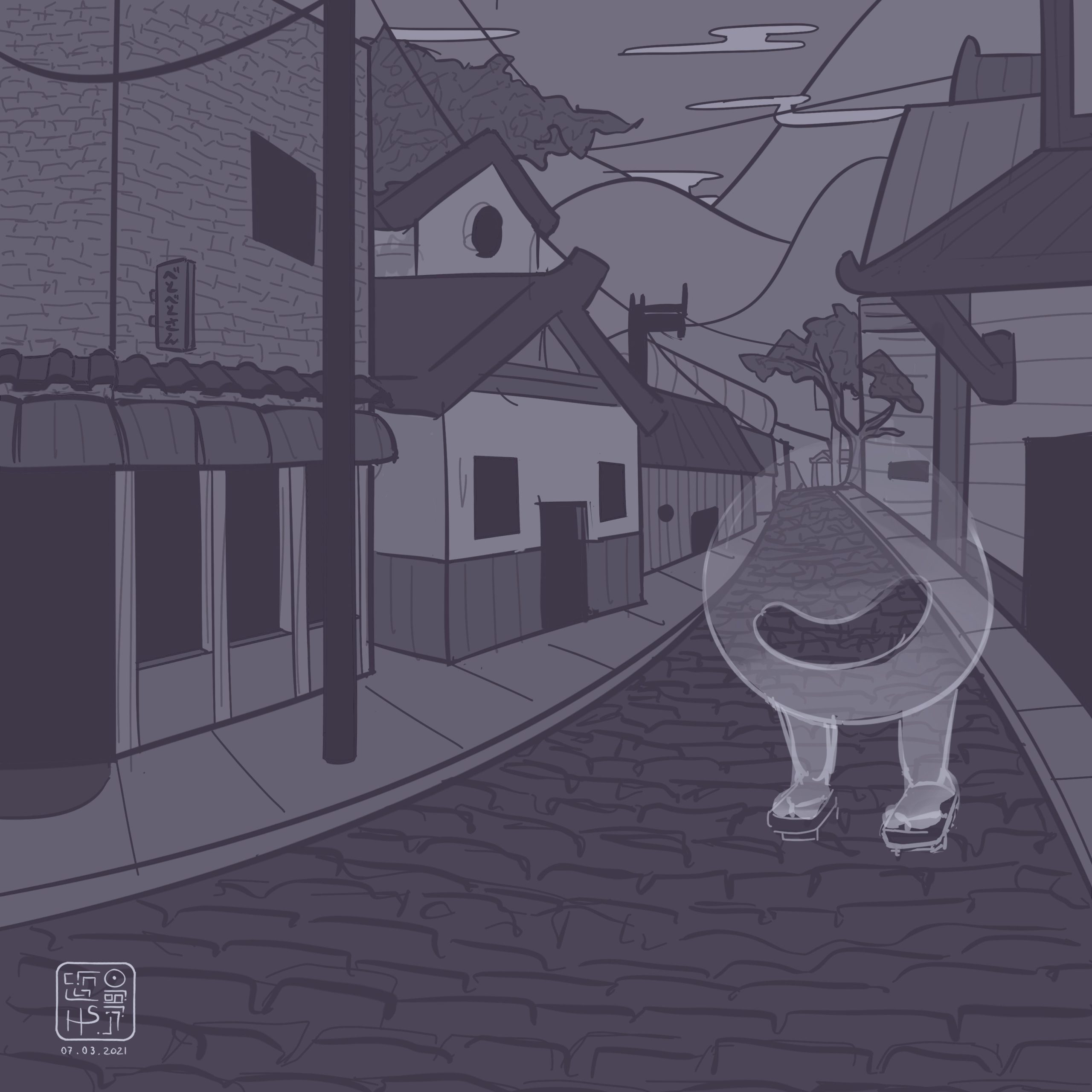Japanese folklore is filled with captivating and chilling urban legends that have been passed down through generations. Among these haunting tales, one of the most infamous is the legend of the ghost, or as the japanese call them, youkai, “Aka Manto” or “赤マント”. Aka Manto is also known as “Red Cape”, “Red Vest”, “Akai-Kami-Aoi-Kami” which translated to “Red Paper Blue Paper” and in some instances “Aoi Manto”, which translates to “Blue Cloak”. Originating from bathroom lore, Aka Manto has terrified and intrigued people for decades. This supernatural entity is said to lurk in public restrooms, ready to offer a gruesome choice to unsuspecting visitors.
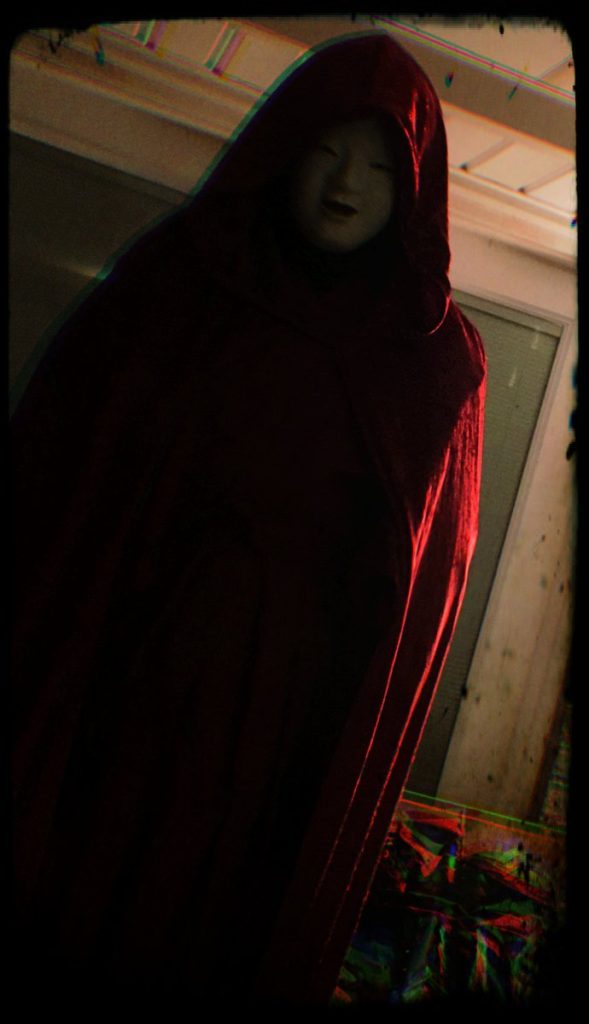
Origins and Appearance
The origin of Aka Manto can be traced back to various regions in Japan, including Hokkaido, Kyoto, and Tokyo. The legend has evolved over time, resulting in multiple versions with slight variations. Despite these differences, the core elements of the tale remain consistent.
Aka Manto is often depicted as a malevolent spirit or a masked figure with a tall, lanky frame. The most distinctive feature of Aka Manto is the red cape or cloak it wears. This vibrant red attire gives the entity its name. Some accounts describe Aka Manto with a white mask and behind the mask a handsome face or a featureless visage. This enigmatic appearance adds to the aura of fear surrounding the legend.
The Haunting Ritual
The tale of Aka Manto primarily revolves around encounters in school- and public restrooms. It is said that Aka Manto targets individuals when they are alone, typically in a specific stall, often in an older or seldom used bathroom late in the evening. The fourth stall is often the cursed one, as the number four in japanese means both the number “four” (shi, 四) as well as “death” (shi, 死). The entity may appear suddenly and unnervingly to its lonely victims. The individual will find that any toilet paper that was once in the stall has now disappeared. What follows is a series of unsettling questions posed to the individual.
Red or blue?
Aka Manto will offer two choices to its unsuspecting victim, both involving different-colored toilet paper. The first option is a choice between a red or blue sheet of paper. Choosing the red paper leads to a gruesome fate; the victim is mercilessly lacerated, resulting in a grisly death with blood soaking the victim’s body making it look like they are wearing a red cloak. Opting for the blue paper is not much better, as it signifies strangulation or getting all the blood sucked out of the body, leaving the victim dead and blue-faced on the floor.
The choices may seem straightforward and logical at first, but some variations of the legend add a cruel twist. Some accounts claim that Aka Manto will change the options, confusing the victim and ensuring their demise regardless of their choice.
If an individual attempts to outsmart Aka Manto by asking for a different color legend says that the victim will be dragged to hell instead. Other variations result in the victims head being forced into the dirty toilet until they drown.
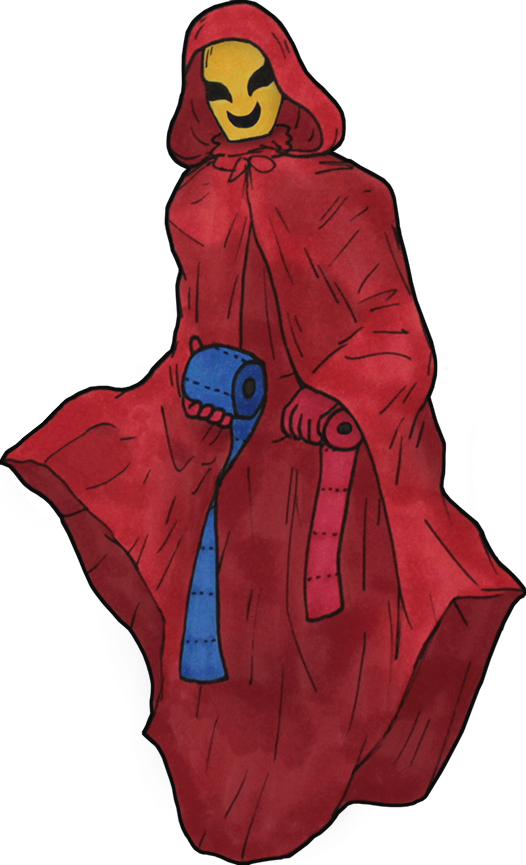
No escape?
Changing the options, killing the victim if another color is brought up and vanishing the toilet paper; it may seem like the individual is doomed once Aka Manto has decided on a victim.
However, the legend says the spirit will go away if one ignores the spirit or replying that one does not want or prefer either kind of paper. According to some accounts, rejecting both options and running away is also an option while others state that Aka Manto will simply block the exit.
Variations
The haunted stall may also be the last stall in the bathroom rather than the 4th stall. Sometimes Aka Manto is not a spirit, but a serial killer, hiding in the adjacent stall. The results of the answer also vary, from being pulled into the toilet and left in the plumbing to getting the rear end licked or stroked depending on the answer.
History
The legend of Aka Manto has been recorded as a schoolyard rumor dating back as early as the 1930s. This also explains how the legend has so many variations as time lends very important context. During the 1930s the word manto (マント) referred to a sleveless kimono-style jacket, while the word today refers to the japanese word for cloak or cape.
Psychological Impact and Interpretation
Aka Manto, like many urban legends, taps into deep-rooted fears and cultural anxieties. The concept of encountering a malevolent entity in a private, vulnerable space like a restroom strikes a chord with individuals. The fear of making the wrong choice and facing dire consequences amplifies the psychological impact of the legend.
Interpretations of Aka Manto vary, with some considering it a cautionary tale emphasizing the importance of making wise decisions. Others view it as a reflection of societal fears, such as the fear of punishment for deviating from social norms or the consequences of making impulsive choices. The red and blue colors, representing life and death respectively, add a symbolic layer to the legend.
Urban legends like Aka Manto often serve as cautionary tales and entertainment. They are shared through word of mouth, creating a sense of collective fear and fascination. In recent years, the legend has gained further popularity through online platforms, spreading its chilling narrative to a wider audience.
Pop Culture Appearances
- Akakami-Aokami (Red paper-Blue paper) makes its appearance as the monster-of-the-week in the 2000 anime series Ghost Stories during the second episode.
- The enemy known as “Killer Mantle” in the Game Boy Advance Game Castlevania: Aria of Sorrow from 2003 may be based on the Aka Manto legend.
- The game Aka Manto | 赤マント is based on the legend and was developed by Chilla’s Art and published on Steam in 2019.
- The Netflix sensation Squid Game incorporates an element of the legend where a red or a blue paper tile is offered. However the choice does not affect the outcome. The show’s director Hwang Dong-hyuk confirmed that this was indeed a reference to the Aka Manto legend.
- Aka Manto appears as a boss in the early-access Polish role-playing game World of Horror (Kyōfu no Sekai).
Conclusion
The legend of Aka Manto continues to capture the imaginations of people in Japan and beyond. Its presence in Japanese folklore and popular culture showcases the enduring power of urban legends to captivate and unsettle.
Whether viewed as a cautionary tale or a reflection of societal fears, Aka Manto serves as a reminder of the complex human psyche and our innate fascination with the supernatural. The legend taps into our deepest anxieties, playing on our fear of making choices with dire consequences and the vulnerability we experience in private spaces.
As with any urban legend, it is important to remember that Aka Manto is just a tale—a work of fiction designed to provoke a specific emotional response. Yet, its widespread popularity and cultural significance highlight the enduring appeal of folklore in society.
In conclusion, the legend of Aka Manto stands as one of the most chilling and captivating urban legends in Japanese culture. With its origins in bathroom lore and its ability to invoke fear through the choice of colored toilet paper, it has left a lasting impact on those who have heard its story. Whether seen as a cautionary tale or a reflection of societal fears, Aka Manto continues to be shared and adapted, reminding us of the enduring power of folklore in shaping our collective imagination. So, the next time you find yourself in a public restroom in Japan, remember the legend of Aka Manto and the haunting choice it presents, and may you choose wisely if you ever encounter this malevolent spirit.


